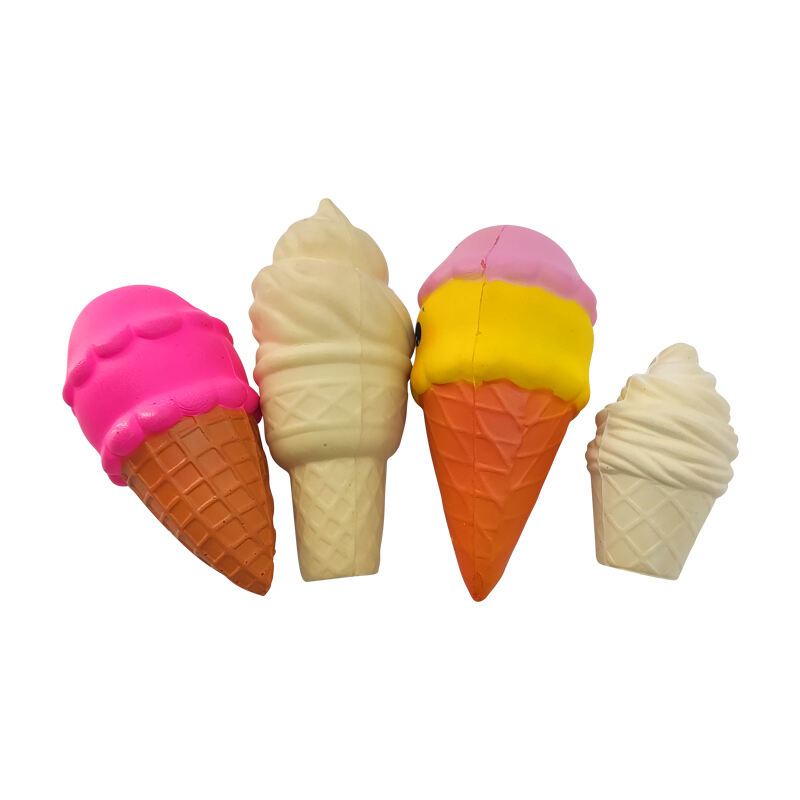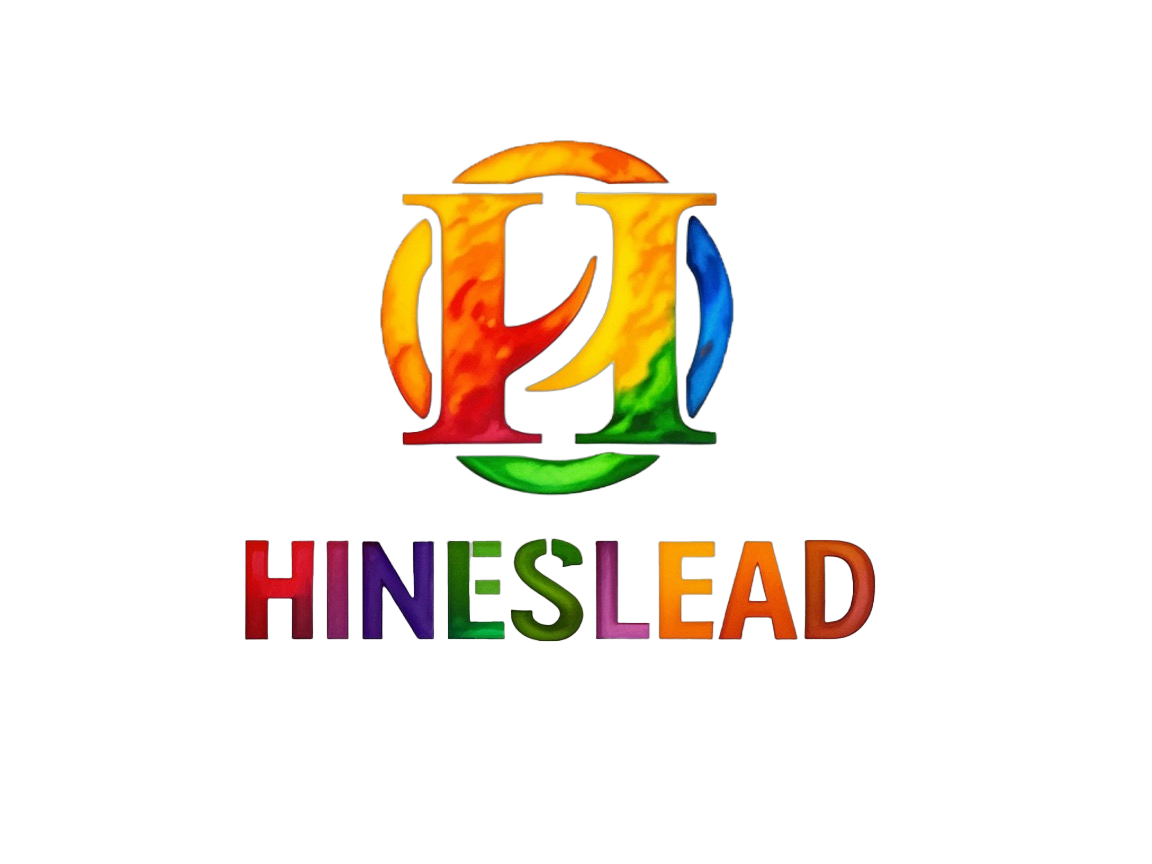למה צעצועי קצף הם בחירה בטוחה לילדים
הבנת הבטיחות של חומרי קצף עבור ילדים
רוב צעצועי הקצף מיוצרים מחומרים כמו קצף EVA או חומר TPE, ועוברים מגוון מבחנים לפני הוצאתם למוכרים, כדי להבטיח שהם בטוחים לשימוש על ידי ילדים בכל מקום. המבנה התאים הסגור אומר שמים לא נספגים בקלות, ולכן לחיידקים פחות מקומות להתגנב בהשוואה לצעצועי פלסטיק ספוגים או בובות בד שסופגים אבק וגריז. קצף איכותי יכול גם לסבול מכה. הוא נשאר רך גם לאחר שנדחף במרחבי שעשועים או זורק khắp החדר, ולא מתפורר לחתיכות קטנות שיכולים להיגרם במקרה על ידי אצבעות קטנות בזמן משחק.
תכונות לא-רעיליות והיפות allergenic של קצף איכותי
צעצועים מפם באיכות גבוהה אינם מכילים חומרים מזיקים כמו פטלטים, עופרת ופורמאלדהיד, אלא כוללים חומרים בטוחים לילדות. מעבדות בודקות מוצרים אלו כדי להבטיח שהם עומדים בכל הכללים שנקבעו ב-CPSIA, מה שאומר שרמות המתכות הכבדות וה-VOCs המותרות נמוכות מאוד. עבור ילדים עם עור רגיש או אלרגיות, זה חשוב במיוחד. לפי נתוני ה-CDC משנת שעברה, אחד מכל חמישה ילדים מתמודד עם אסטמה או בעיות עור אחרות, ולכן הורים מעריכים מאוד את האפשרויות ההיפות allergenic שמפחיתות בעיות של גירויים וקשיי נשימה שעלולים לנבוע מחילופין זולים יותר מפלסטיק.
בלימת מכה ומניעת פציעות במהלך משחק פעיל
חומר הפעם בולע עד 90% מכוח המכה, מקטין משמעותית את הסיכון לפציעה במהלך נפילות או התנגשויות. חתיכות עם קצוות רכים ומattות משחק מקטינות טראומות ראש, במיוחד חשוב לתינוקות הלומדים איזון וקואורדינציה. מחקר של 2022 בתחום בטיחות מגרשי משחקים גילה ששטחי משחק מבוססי פלסטיק תרמוסטטי (foam) הקטינו את שיעורי השברים ב-68% בהשוואה למשטחים גומיים.
סיכוני חניקה מצומצמים בהשוואה צעצועי פלסטיק קטנים
לרוב צעצועי הפעמונות יש ממדים גדולים יותר מאלו שỦS Consumer Product Safety Commission מחשיבים כבטוחים (בערך 1.25 אינץ' בקוטר ו-2.25 אינץ' באורך), מה שמסייע למנוע סכנת חניקה. העובדה שצעצועים אלו קלי משקל ונלחצים בקלות אומרת שהם לא יחסמו את דרכי הנשימה במקרה של בליעה תעתועית, בניגוד לחתיכות פלסטיק קשיחות. הורים שרוצים לבדוק את צעצועי ילדיהם יכולים לנסות טריק מהיר: סגרו את היד סביב הצעצוע שאתם בודקים. אם הוא נכנס לגמרי לתוך היד ללא חלקים sticking out, ייתכן שהוא קטן מדי כדי שילדים קטנים יוכלו לשחק בו בעצמאות.
זיהוי אישורי בטיחות של UL ו-ASTM לצעצועי פעמונות
צעצועים מפוליאן שעליהם יכולים להסתמך הורים נוטים להיות מאושרים עם אישורים מסוימים כמו תקן ASTM F963 לדרישות בטיחות לצעצועים או UL 962. תוויות אלו מראות, בעקרון, שהצעצועים עברו מבחנים בנושאי דליקות, קצוות חדים שעלולים להוות סיכון, וכן בחינה של החומרים המשמשים לייצור מבחינת הבטיחות שלהם. החדשות הטובות הן שאישורים אלו אינם בדיקות חד-פעמיות. יצרנים חייבים להסב את מוצריהם לבדיקה מחודשת מדי שנה לבדיקת עמידות המבנה, וכן לצורך בדיקה של מתכות כבדות שאינן אמורות להימצא בהן. כלומר, יש ראיות מוחשיות מאחורי טענות הבטיחות הללו. כשנכנסים לקניות, הורים חכמים מקדישים רגע כדי לבדוק באינטרנט את מספרי האישור באתרי ASTM International או UL Solutions. צעד פשוט זה עוזר לזהות תווית מזויפת שחלק מהמוכרים חסרי את המוסר עשויים לנסות ולהציג כ genuinie.
איך חומרים לא רעילים מבטיחים ייצור בטיח יותר של צעצועי פוליאן
תהליכי ייצור ללא כימיקלים בצעצועים מפוליאן מודרניים
פומת אטילן-ויניל אצטט (EVA) באיכות גבוהה היא עמידה מטבעה ולא דורשת תוספים מזיקים כמו פטלטים או BPA בתהליך הייצור – כימיקלים הקשורים לדאגות התפתחותיות chez ילדים (Ponemon 2023). מערכות ייצור של מחזור סגור מפחיתות זיהום צולב וחותכות את שאריות הממסים ב-98%, מה שמייצר מוצרים סופיים נקיים ובטוחים יותר.
תקנים לאישורים ולבדיקות צד ג' לבטיחות צעצועים
יצרנים ש seriousness treating באיכות עוקבים אחר תקני ASTM F963 ו-EN71, שמגדירים גבולות ברורים למשל לאופן שבו חומרים בעים במהירות ומה רמות המתכות הכבדות המותרות. הבדיקות מתבצעות במעבדות עצמאיות שבהן מדמים באמת מה ילדים עשויים לעשות עם צעצועים בסיטואציות חיים. המעבדות בודקות אם צעצועים שומרים על עמידותם כאשר הם נחשפים לרוק או לסוג של טיפול קשה לאורך זמן. כיום רוב הגינות לא ייקחו אפילו בחשבון רכישת צעצועים ללא אישור UL. גם המספרים תומכים בכך, בערך 8 מתוך 10 מתקני גננות ברחבי הארץ אימצו דרישה זו כחלק מתהליך הקנייה שלהם לאחרונה, מה שמראה עד כמה ביטחון organisations institutions בבדיקות הבטיחות המוכרות הללו.
יתרונות למורים: שלווה נפשית עם פוליאתר היפותלרגני
קצף היפואלרגני מונע 92% מגירויי עור נפוצים בילדים, על פי מחקר דרמטולוגי ילדים, מה שהופך אותו לאידיאלי לילדים רגישים. קצף בעל תאים פתוחים ברמה רפואית מאפשר זרימת אוויר רציפה, ומעכב צמיחת עובש גם בסביבות לחות. תכונות אלו תורמות לכך שצעצועי קצף מהווים 41% מפריטי המשחק המומלצים על ידי רופאי ילדים לפעוטות הנוטים לאלרגיה.
תכונות עיצוב מתאימות לגיל שמשפרות את הבטיחות וההתפתחות
התאמת צעצועי פומה לשלבי ההתפתחות של הילד עבור ביטחון אופטימלי
צעצועים מפוקה עוזרים לילדים להגיע לשלבים ההתפתחותיים החשובים מאחר שהם מעוצבים עם צמיחה בדעת. ילדים קטנים בגילאים אחד עד שלוש נהנים במיוחד מהמשחק ב טבעות יציבה רכות ובאריחי חישה בעלי kếtextura, כיוון שעצמים אלו מאפשרים להם לתפוס דברים בלי לדאוג לפציעה מקצוות חדים. עבור ילדים בני ארבע עד שש, בלוקים מפוכים מחוברים הופכים לפופולריים במיוחד כאשר הם מתחילים ללמוד על מרחב וצורות. ילדים מבוגרים יותר, בני שבע והלאה, יכולים לתרגל את כישורי הקואורדינציה שלהם באמצעות פעילויות מהנות כמו זחילה דרך מנהרות פקיה או טיפוס על מבנים שונים שעשויים מחומרי פקיה. מחקר חדש שנערך על צעצועים לצורכי התפתחות מצא גם דבר מעניין – כשהורים בוחרים צעצועי פקיה המתאימים לשלב ההתפתחותי של הילד, זה מוריד את רמת התסכול בכ-43 אחוז בהשוואה לניתוק צעצועים המיועדים לגילאים אחרים.
אסטרטגיות עיצוב שמונעות סיכון של חניקה ונזקים גופניים
יצרנים משפרים את הבטיחות באמצעות שלושה רכיבי עיצוב מרכזיים:
- סף גודל מינימלי : חפצים הגדולים מ-1.75 אינץ' בקוטרם מונעים חסימה של דרכי הנשימה
- עיצוב חלק : קצוות עגולים מקטינים את הסיכון לפציעה במהלך נפילות
-
נקבים נשברים : כדורי פלסטיק תרמוסטטי עם נקבים שומרים על זרימת אוויר גם אם מכסים את הפנים
מרכזי טיפול בילדים העוקבים אחר התקנים אלו מדווחים על 62% פחות מקרי חניקה בהשוואה לאלה המשתמשים בצעצועים פלסטיים מסורתיים (JAMA Pediatrics 2020).
התפקיד של גודל, kếtש ועמידות בצעצועים המיועדים לגילאים ספציפיים
המשטח שאינו חודר של הפלס틱 התראומוסטטי עמיד בצמיחת חיידקים טוב יותר ב-78% מאשר צעצועים מבד (ASTM F963-23), בעוד שטקסטורות מחופות משפרות אחיזה ללא גירוי. פלסטיק איכותי עמיד ביותר מ-200 מחזורי דחיסה מבלי להתפורר, ובכך מונע סיכונים מהתפצלות – תכונה חיונית לצעצועים המשמשים במספר קבוצות גיל.
מזרני משחק ובלוקים מפומה: הגנה על ילדים בבתים ובבתי ספר
איך מזרנים מפומה מקטינים פציעות מהשפעת נפילה באזורים לשעשוע
מזרנים מפומה צפופים מקטילים את כוח הנפילה ב-65% יחסית לרצפות קשיחות, לפי מחקר בטיחות. מבנה התאים הסגור מפיץ את האנרגיה upon השפעה, ומגן על פרקים וראש. מחקר פדיאטרי משנת 2023 מצא שבגינות חובה עם שטחי משחק מפומה דווח על 32% פחות פגיעות קשורות להשפעת נפילה בהשוואה לאלה עם רצפות קונבנציונליות.
יתרונות הבטיחות של פומה במהלך פעילויות גופניות וקבוצותיות
בלוקים ומזרנים מפומה יוצרים אזורים מתאימים לשעשוע פעיל, עם משטחים מודפסים שמשפרים אחיזה במהלך קפיצה או טיפוס. בניגוד לחומרים קשיחים, הפומה מעככת תנועה ומקטינה את הלחץ על המפרקים, ותומכת במשחקים קבוצתיים בטוחים. עמידותו בפני חיידקים גם כן הופכת אותו מתאים לסביבות משותפות כמו כיתות לימוד.
מקרה לדוגמה: קצב פגיעות נמוך יותר בגינות חובה המשתמשות בשטחי משחק מפומה
בתי ספר המשתמשים באזורי משחק מבוססי קצף סבלו מירידה של 40% בפציעות ראש ו-28% פחות שברים באיברים לאורך שנתיים. המורים ציינו ניקוי מהיר יותר ונוחות גדולה יותר, המאפשרת פעילות ערה, עם ידיעה שהסטודנטים מוגנים מפני פגיעות בפני משטחים קשיחים.
מגמה מתפתחת: מוצרים מקצף במרכזי יום ובכיתות לימוד
נעשה שימוש כעת במדשי משחק מקצף ב-67% ממתקני החינוך המוקדם — בהשוואה ל-42% בשנת 2019 — והם הפכו לציוד סטנדרטי. הביקוש גדל לאריחים מחוברים זה לזה הממירים רצפות קשיחות למשטחים בטוחים וגמישים לתינוקות הלומדים זחילה ולפעוטות הנעשים במשחק דינמי.
קידום יצירתיות ולמידה באמצעות משחק מבוסס קצף
עידוד משחק דמיוני בעזרת צעצועי קצף רב-תכליתיים
ילדים אוהבים צעצועי קצף כי הם קלי משקל וקלים בהעברה. יום אחד הם אולי יערמו אותם למבצרי ענק, ואז ימשיכו הלאה ויתחילו ליצור סוגים שונים של יצירות מטורפות מאותם בלוקים. הריכוך הופך את הכל לבטיח יותר לצורך תיאום משחקים, בין אם הם מדמים חלליות שזורקות לעבר מאדים או שפים שמגישים ארוחות דמיון איכותיות. צעצועים אלו ממשיכים להשתנות ככל שהילדים גדלים. מה שמתחיל כבלוק פשוט הופך למה שהילד צריך שזה יהיה ברגע זה – אולי לוח בקרה של חללית היום, כסא הקפטן של ספינת פיראטים מחר, או אפילו משהו לגמרי לא צפוי כמו שער קסום לעולם אחר. סוג כזה של משחק פתוח עוזר לפתח מיומנויות סיפור ומלמד ילדים איך לחשוב על רגליים כשבעיות מתעוררות.
תמיכה בפיתוח קוגניטיבי וחברתי באמצעות משחק פתוח
משחקים מבוססי קצף מקדמים צמיחה קוגניטיבית באמצעות חקר ידני. מחקר משנת 2024 על פיתוח תוכנית לימודים מבוססת משחק מצא כי ילדים ששיחקו בצעצועים מקרטון קצף הפגינו רמה של 78% גבוהה יותר של מעורבות בפתרון בעיות בשותפות, בהשוואה לאלה ששיחקו בצעצועים בעלי תפקוד קבוע. סביבה פתוחה זו מעודדת באופן טבעי התערבות, פשרה ותקשורת, כאשר ילדים יוצרים יחד סיפורים ובניות.
שילוב צעצועי קצף בתוכניות הלימודים בחינוך הגיל הרך
יותר ויותר מורים מביאים צעצועי קצף לכיתות לימוד בימינו מכיוון שהם משמשים גם כשעשועים בטוחים וגם כלימודים. בכיתות גן ילדים, מקובלים מאוד משחקים בחשבונאות באמצעות בלוקי קצף שבעזרתם ילדים יכולים להבין רעיונות מתמטיים בסיסיים. טיפולנים אocupציונליים עובדים עם חלקי קצף בעלי kếtexturas שונות כדי לעזור לפתח את השרירים החשובים בכפות היד, הדרושים לכתיבה בהמשך. כשאותיות וצורות מיוצרות מקצף במקום מנייר או מפלסטיק, זה הופך את השינון الممل לדבר שאפשר לגעת בו ולראות אותו. הגישה המעשית הזו יוצרת הבדל גדול בכמה טוב ילדים זוכרים את מה שלמדו, כיוון שהמוח עיבוד מידע בצורה טובה יותר כאשר מעורבים בו מספר חושים בעת ובעונה אחת.
שאלות נפוצות (FAQ)
למה צעצועי קצף בטוחים עבור ילדים?
צעצועי קצף מיוצרים מחומרים לא-רעילים וחסרי אלרגניות, ועוברים בדיקות קפדניות כדי להבטיח את הבטיחות עבור ילדים. הם סופגים הלם היטב, מציגים פחות סכנת חניקה, וגדלים בגודלם בהשוואה לצעצועים פלסטיים קטנים.
אילו תעודות יש לחפש عند רכישת צעצועי קצף?
לחפש תעודות כמו ASTM F963 ו-UL 962, שמבטיחות שהצעצועים עומדים בתקני בטיחות במגוון תכונות חומרים, דליקות ושלמות מבנית.
מה היתרונות של שימוש בצעצועי קצף בבתי ספר?
צעצועי קצף מקטינים משמעותית את סיכוני פגיעה בבתי ספר במהלך משחק, מעודדים יצירתיות ותומכים בפיתוח קוגניטיבי באמצעות משחק פתוח. הם גם קלים לניקוי ומסתגלים בקלות לסביבות למידה שונות.

